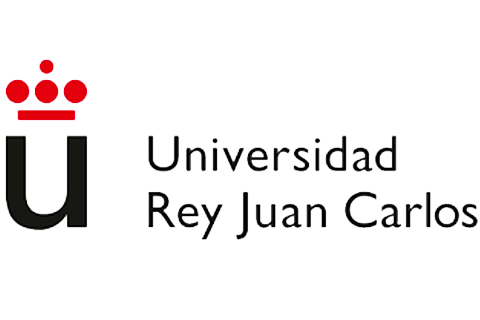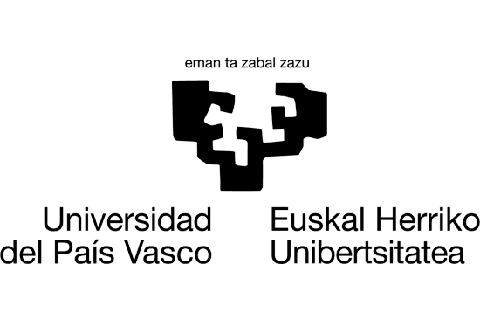Enfoque
Teachers’ self-efficacy can be defined as feelings and beliefs they have about their abilities and effectiveness in promoting student learning and motivation. For Bandura (1997), the belief that the teacher has in his own effectiveness determines how the teaching action will be structured and the development of the teaching process, as the task of providing effective teaching and learning environments influences and is influenced by the level of teaching self-efficacy.
One of the main barriers to the inclusion of students with disabilities in Physical Education lies precisely in the way teachers feel competent to be able to carry out this process satisfactorily (Reina et al., 2016). Predominantly, teachers do not feel confident in including students with disabilities, especially in Physical Education (Fernandes et al. 2019). It is known that the quality of experience and competence perceived by Physical Education teachers influences self-efficacy in teaching (Morais & Campos, 2021).
Studies published between 2019 and 2024 were searched in Web of Science, SCOPUS, Pubmed and EBSCO databases. Based on the inclusion criteria, 9 out of 526 studies were included in this review.
With regard to the student’s type of disability, Bratislav (2022) and Jorgic (2023), showed teachers have higher levels of perceived self-efficacy in intellectual disabilities and lower levels in visual disabilities.
Teachers’ personal experience with people with disabilities seems to be a significant variable in explaining their perception of competence for inclusion (Dias, 2017; Obrusnikova, 2008). Thus, teachers who have had previous contact with students with disabilities have higher levels of self-efficacy compared to teachers who have not had previous contact with people with disabilities (Muñoz-Hinrichsen et al., 2024; Tarantino & Neville, 2022; Branislav et al.,2022).
Training also seems to be important in the perception of competence for inclusion, since the experiences provided during initial training seem to be important for the development of teacher self-efficacy (Fernandes et al., 2019; Kuhn, 2017). Specifically in Physical Education, teachers who have had Adapted Physical Education classes in their initial training have higher levels of self-efficacy to include students with physical disabilities and to assist students in instructing visually impaired colleagues, when compared to teachers who have not had such training (Fernandes et al., 2019; Branislav et al., 2022). Muñoz-Hinrichsen et al. (2024) believe teachers with initial or post-initial training in inclusion have higher levels of self-efficacy, when compared to colleagues who have not had any training in inclusion.
The present study aimed to carry out a systematic review regarding the factors that influence the self-efficacy of Physical Education teachers in classes with students with disabilities. The results of the studies show us that teachers have higher levels of self-efficacy (1) with students with intellectual disabilities; (2) when having had previous contact with people with disabilities and (3) upon having received specific training. Therefore, it seems important that teachers have contact with people with disabilities and receive specific training.














Deja tu comentario
Lo siento, debes estar conectado para publicar un comentario.